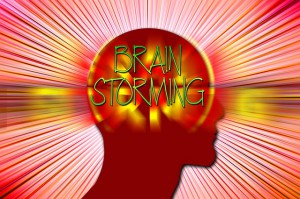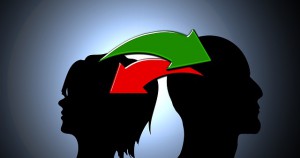Our group started with a general idea of the game we wanted to emulate. To begin our project we had to come to an agreement about the standardized set of rules that we would want to follow. To do this we went online to search the name of the game, which was Kalooki 51. We found several websites and chose two with the most hits on Google. It was important to compare two different sites in order to ensure consistency of rules. Once we reviewed both sites and confirmed the guidelines we were able to begin incorporating our education spin on the game. Having a firm grasp on the actual play rules helped us to incorporate how we would make the game a learning experience. We were essentially able to take the game and implement research tools onto the card faces while keeping the overall rules relativity similar. After the rules were finalized and our learning tools were established we wanted to search for what made a learning game effective. There are many theories on this topic, it has been researched extensively which aided in our research process. We found a detailed report explaining what makes an educational game effective and what type of elements should be included in order to both keep the students attention and to ensure that the instructor still had control over the overall learning experience.
After the rules were agreed upon we began to discuss what images would be best represent our idea. We decided to make two digital sets of cards indicating what each winning hand would look like. There was already a template on one of our reference websites (The Game of Kalooki 51.”). We were able to copy this template into the paint application of our desktop and manipulate it to represent the research tools we were using as a learning function. When citing this source we had to give credit to both the website Royal Rummy and to our group member who tweaked the image to make the final visual representation. This was an accurate depiction of what we wanted to show but we were not able to show every research tool that would be used in the game. In order to show this depiction one of our group members created a separate chart using Microsoft Word. This table visually showed the four suits and 25 research options that would be utilized during the game. Since this was an original digital image created by one of our group members we were able give credit to her in MLA style.
Once the game was designed and the images were finalized we were able to begin our final presentation. We decided to use Microsoft Powerpoint because this was a format that all group members were familiar with. Since each member would be presenting the section they worked on we decided to prepare our own slides which we would then combine into one large presentation. Lastly we decided to meet up before our presentation date into order to finalize our project and run through our speeches.
As a group we concluded the the best start to a project is to have a concrete idea in mind and clear guidelines of what each group members was expected to accomplish. We spent our first session together brainstorming ideas, this portion was essential to our project because each member had their own ideas for various games. By brainstorming we were able to understand what each group member wanted to do and which game would be easy for each group member to relate to and complete.
(Geralt)
Once an idea was agreed upon we were able assign tasks and begin working on our respected parts. The other important factor of this project was communication. With each member working on a different aspect it was important to use digital and face to face discussions. This was necessary to ensure that three separate people were able to create a consistent and uniform project. Your audience should view this project as one cohesive game and not three separate ideas. In order to accomplish this goal a concrete idea must be formed at the beginning of the process and consistent communication must be maintained between all group members.
(Geralt)





